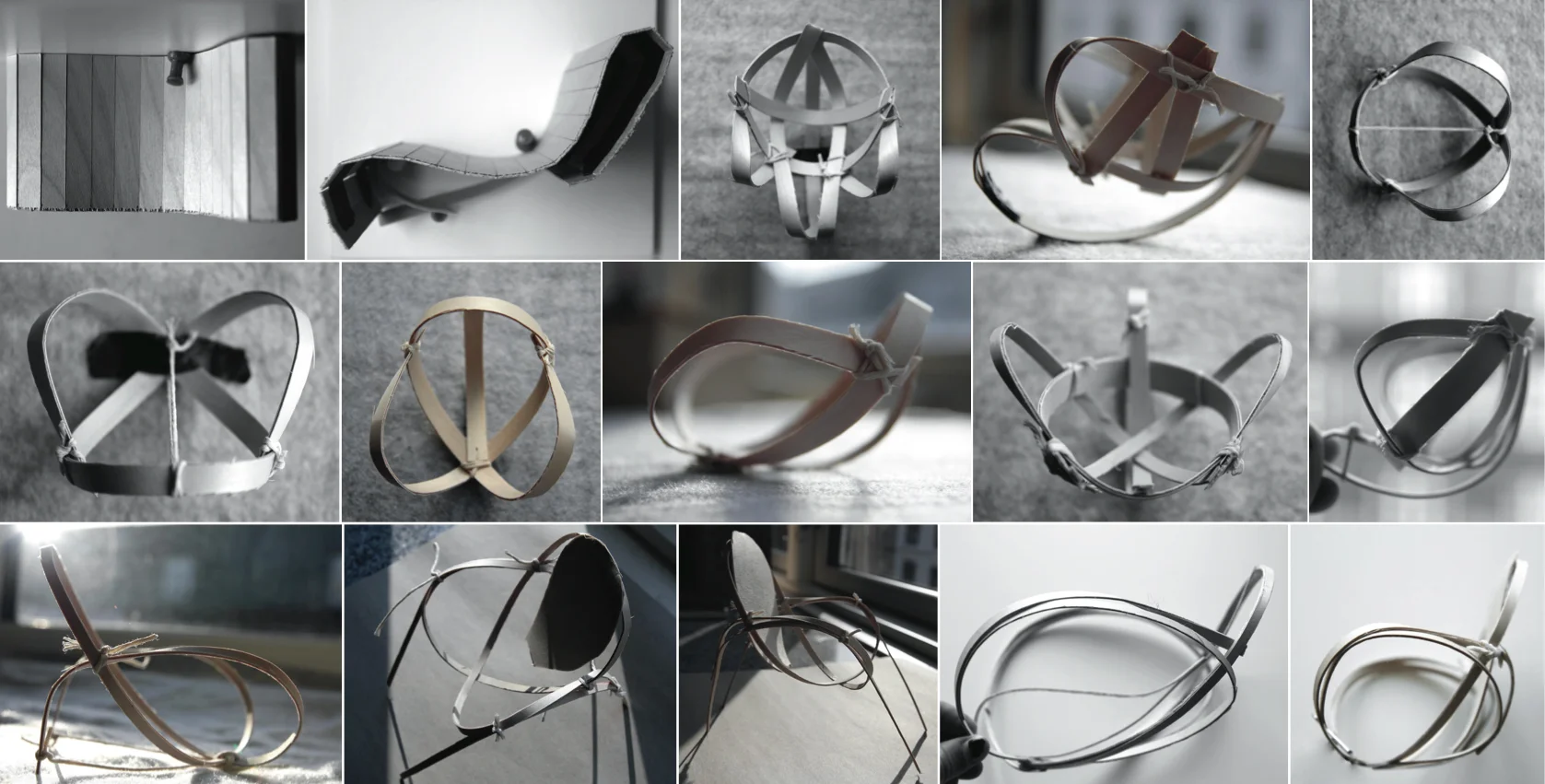Kurvestol
Furniture epitomizes the shaping challenge of designers; the shape of furniture relates directly to the body, and the quality of this shape is immediately assessed by the body, all details being seen and felt. As a design object, furniture is mobile by definition, but the space it creates alone or in unison with other pieces of furniture engages in a continuous dialogue with the architectural context, thus furniture can not be evaluated as isolated pieces.
Kurvestol is a flexible, lightweight chair that adapts to your body without complex mechanisms.
The use of traditional Danish crafting techniques--steam-bent rattan, with curves set by flame--combines with an open structure to create an inviting, comfortable armchair with a material callback to early 20th-century designs. As an object the chair is familiar because of its material, but modern because of its shaping.
Kurvestol is made from just 5 pieces of rattan-a super lightweight, fast growing grass- joined with dowels and wrapped with rattan strips. The minimal structure and traditional joints mean that the chair has an inherent flexibility and movement.
Project: Furniture 1:1 (Master's Studio)
Location: Kunstakademiets Arkitektskole, Copenhagen
Year: 2010
Instructor: Nicolai de Gier










